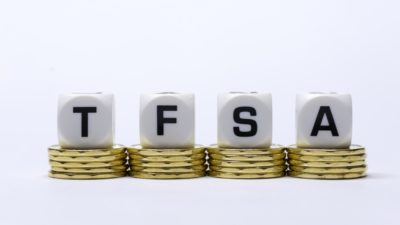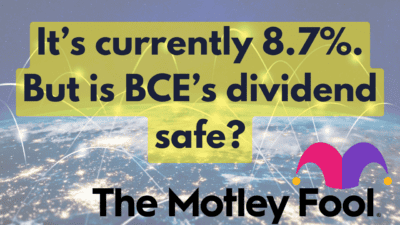We could be an interest rate hike away from an inverted yield curve, a dire economic indicator that’s predicted past recessions with astounding accuracy, and many folks in the financial media have been bringing it to the attention of investors.
This yield curve inversion is scary, especially with Jerome Powell at the Fed chair, who’s shown that he isn’t shy when it comes to hitting the rate-hike button. While there’s no question that the potential for an inverted yield curve is sending shivers down the spine of investors at this time, it’s also true that the merit given to the ominous indicator has been blown beyond proportion.
Chris MacDonald, my Foolish colleague here at the Motley Fool Canada, recently shed light on the inverting yield curve and its implications to the stock market: “Nearly every recession in recorded history has been preceded by an inversion of the two- to 10-year treasury yield spread (it is shockingly correlated with crashes — take a look at any two- to 10-year yield curve historical graph).”
MacDonald continued: “The reasons for this have been debated by economists for some time, and while this leading indicator is nearly perfect, every time the yield curve inverts or gets close to inverting, investors somehow begin to go blind to the economic realities that underpin financial markets at a time when industry professionals should be the most worried.”
There’s no question that given the indicator is “dangerously close” to coming to fruition that it seems reckless to be an owner of stocks at all! So, once the yield curve inverts, should you ditch all your stocks?
Just like any other economic indicator, the yield curve shouldn’t be used on its own as a predictor of when the next recession will hit. Rather, the indicator should be used in conjunction with other pieces of economic data to paint a better picture of what to expect over the medium term.
The moment the yield curve inverts, the market supposedly turns into a ticking time bomb, with a recession expected to occur around a year or two after the inversion date.
In spite of the promising historical track record of the inverted yield curve as a recession predictor, many folks aren’t using the indicator the way it was meant to be used, yet very few folks are aware! Campbell Harvey, a Canadian economist who discovered the correlation between the indicator and its use as a predictor for recessions, notes that looking at the two- to 10-year treasury yield spread is incorrect to use for his model.
The actual spread to look at is the spread between the five-year and the three-month yield curve, which isn’t as close to inversion and thus isn’t as alarming. Moreover, Harvey emphasizes that the inversion of the curve needs to happen for the entirety of a quarter before the recession indicator comes to fruition.
With that in mind, the fears over an inverting yield curve seem to be overblown, as the indicator is difficult to understand and is at high risk of being improperly used.
What is there to do as yield curve inversion exacerbates the fear of investors?
Scoop up a bargain!
Consider buying and holding Algonquin Power & Utilities (TSX:AQN)(NYSE:AQN), a high-growth renewable energy company that’ll grow faster than your average utility, while still being able to command and sustain a fast-growing dividend. A large portion of Algonquin’s operating cash flows are regulated, meaning that the cash will come flowing, regardless of what’s going on with the state of the economy.
As a higher-growth name in the space, Algonquin has taken a slight hit to the chin of late, and even if the five-year and three-month yield curve inverts with other indicators to back it up, investors will continue to get paid well as investors throw in the towel. And if the curve doesn’t invert? You’ll nab a bargain from the exaggerated fear of investors.
Foolish takeaway
Many investors have no idea what the yield curve inversion actually means, so as you’d imagine, its interpretation has varied. Instead of buying into the dire indicator, investors should instead use it as a supplement with other indicators to paint the picture.
And what if investors grow fearful over an inverting two- to 10-year curve? Treat it as an opportunity to buy stocks at better prices!
Stay hungry. Stay Foolish.








